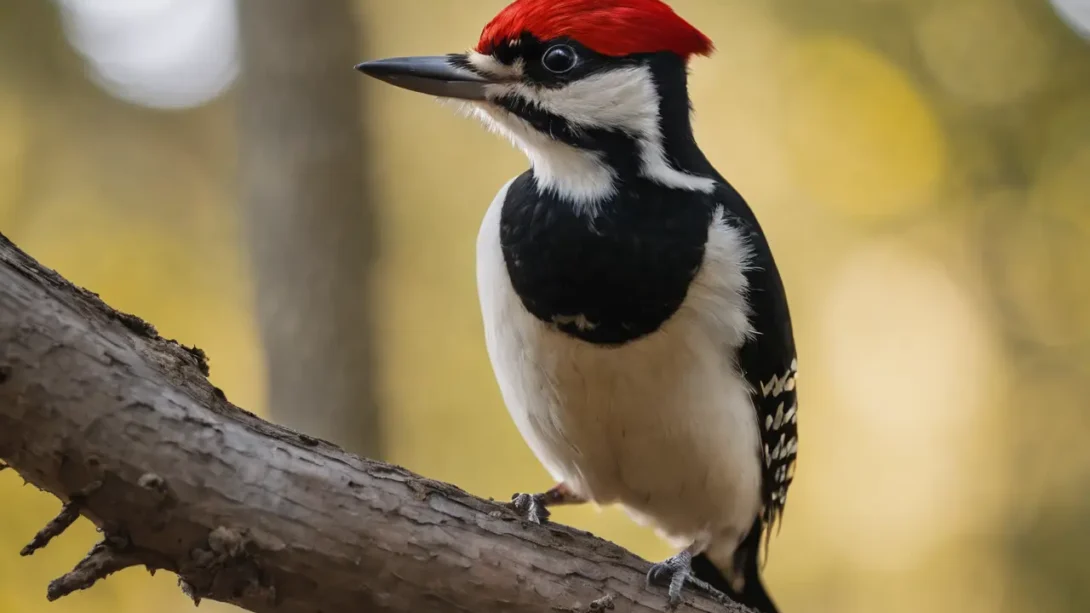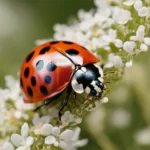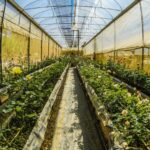Woodpeckers, with their distinctive behavior of pecking at wood, are a familiar sight in many regions across the globe. These birds, known for their striking plumage and powerful beaks, have long fascinated observers with their rhythmic tapping on tree trunks. However, a common misconception persists that woodpeckers peck at wood to eat it. This article aims to dispel that myth, clarifying the actual diet of woodpeckers and the reasons behind their wood-pecking habits.
Woodpeckers
Woodpeckers belong to the family Picidae and are admired for their ability to peck at wood with remarkable speed and precision. This unique behavior, coupled with their specially adapted beaks and skulls, allows them to forage for food, communicate, and create nesting sites. Woodpeckers are found in a variety of habitats, from dense forests to suburban areas, showcasing their adaptability to different environments.
The act of pecking, often heard as a distinct drumming sound, serves multiple purposes beyond just feeding. It’s a testament to the woodpecker’s evolutionary adaptations, enabling them to fulfill their needs without causing undue harm to their wooden hosts.
The Diet of Woodpeckers
Contrary to the myth that woodpeckers eat wood, their diet primarily consists of insects, nuts, seeds, and fruits. The woodpecker’s pecking behavior is actually a method of foraging for food sources hidden beneath the bark of trees. Insects such as beetles, ants, and caterpillars make up a significant portion of their diet. These insects are often found in dead or decaying wood, making them accessible to woodpeckers thanks to their specialized foraging techniques.
Woodpeckers are equipped with long, barbed tongues that can extend far beyond their beaks, allowing them to snag insects from within trees. This adaptation, along with their strong, chisel-like beaks, makes them highly effective at extracting food from under the bark or within the wood of trees.
Foraging Behavior of Woodpeckers
The foraging behavior of woodpeckers is fascinating and complex. They use a combination of drumming and pecking to locate their prey. The drumming serves not only to communicate with other woodpeckers but also to dislodge insects and make them easier to capture. Once they’ve detected a potential food source, woodpeckers will peck at the wood to create holes, into which they insert their long tongues to extract insects.
Different species of woodpeckers may employ various techniques based on their physical characteristics and the types of food they’re after. For example, some may focus on pecking at dead wood to find beetle larvae, while others might target the softer wood of decaying trees to hunt for ants.
The Role of Wood in Woodpeckers’ Lives
Nesting
One of the most remarkable uses of wood by woodpeckers is for creating nesting sites. Unlike many birds that build nests from twigs and leaves, woodpeckers carve out cavities directly in tree trunks or branches. This behavior is crucial for their reproduction and survival, providing a safe haven for their eggs and young. The process of excavating these nests involves the woodpecker pecking away at the wood to create a hollow space, a task that can take weeks to complete. These cavities, once abandoned, become valuable shelters for other species, including birds, bats, and insects, thus contributing to the biodiversity of their habitats.
Communication
Woodpeckers use wood not just as a feeding and nesting resource but also as a communication tool. The rapid drumming or tapping on tree trunks serves as a means to establish territory, attract mates, and signal to other woodpeckers. Each species has its own rhythm and pattern of drumming, which can be distinguished by the keen listener. This form of communication is integral to the social structure of woodpecker populations, facilitating interactions between individuals and groups.
Misconceptions About Woodpeckers
Despite their ecological benefits, woodpeckers are often misunderstood, with many myths surrounding their behavior and impact on trees. One common misconception is that woodpeckers cause significant harm to healthy trees. While it’s true that their pecking can create visible marks and holes, healthy trees can usually withstand this activity without serious damage. In fact, woodpeckers often target trees that are already dead or dying, playing a role in the natural decomposition process.
Another myth is the exaggerated fear of woodpeckers transmitting diseases to trees or even to humans through their pecking. However, there is little evidence to support this claim. The insects woodpeckers feed on are more likely to be the culprits in spreading tree diseases, with the birds acting as natural pest control agents.
Coexisting with Woodpeckers
For homeowners and gardeners, finding a balance between protecting their property and appreciating the role of woodpeckers in the ecosystem is key. Here are some tips for coexisting harmoniously with these birds:
- Protecting Property: To prevent damage to wooden structures, homeowners can use deterrents like reflective tape or netting to discourage woodpeckers from pecking. Providing alternative nesting sites, such as birdhouses designed for woodpeckers, can also redirect their attention away from homes.
- Attracting Woodpeckers for Natural Pest Control: Encouraging woodpeckers to visit your garden can be beneficial for controlling insect populations. Planting native trees and shrubs that attract insects will, in turn, attract woodpeckers, who will help keep pest numbers in check.
Ecological Benefits of Woodpeckers
Woodpeckers play a pivotal role in maintaining the health of our forests and ecosystems. By controlling insect populations, they prevent outbreaks of tree pests, such as bark beetles and wood-boring insects, that can cause significant damage to forests. Their unique foraging behavior helps in the natural process of decomposition, aiding in nutrient recycling within their habitats. Moreover, the nesting cavities created by woodpeckers provide essential nesting and roosting spots for a variety of other species, including some that are unable to excavate these cavities themselves.
Preserving Woodpecker Populations
Preservation efforts are crucial for maintaining healthy woodpecker populations and, by extension, robust ecosystems. Habitat conservation, including the protection of old-growth forests and dead trees, is essential for providing woodpeckers with the resources they need to thrive. Public education about the ecological importance of woodpeckers can also reduce conflicts between these birds and humans, promoting coexistence and appreciation for their role in nature.
Conclusion
Woodpeckers are far more than just birds that peck at wood. They are integral components of their ecosystems, providing numerous benefits from pest control to enhancing biodiversity through their nesting habits. The misconception that woodpeckers eat wood or cause undue harm to healthy trees obscures their positive impact on the environment. In reality, their pecking serves purposes such as foraging for insects, creating habitats, and communicating with other woodpeckers.
Coexisting with woodpeckers means understanding their behavior and ecological role, and taking steps to mitigate any potential conflicts. By doing so, we not only protect these fascinating birds but also support the health of our natural environments. Woodpeckers remind us of the intricate connections within ecosystems and the importance of every species in maintaining ecological balance.
As we continue to explore and appreciate the natural world around us, let us remember the vital contributions of woodpeckers. These remarkable birds, with their rhythmic pecking and vibrant presence, enrich our landscapes and play a crucial role in the lifecycle of forests. Their conservation is essential for sustaining the biodiversity and ecological health of the areas they inhabit, highlighting the importance of understanding and preserving the natural world for future generations.



